Cheese lovers, beware—your favorite indulgence might be working against your health goals. While cheese can be a great source of calcium and protein, not all varieties are created equal. Some are packed with saturated fat, sodium, or hidden additives that can quietly sabotage your efforts to eat clean, manage your weight, or support heart health. Even the most beloved blocks, crumbles, and spreads may come with nutritional red flags. Before you pile it onto your salad or sandwich, check out this list of 13 cheeses that nutritionists say you should enjoy with caution—yes, even if they’re your all-time favorites.
1. Brie

With its luxurious, creamy texture, Brie often finds its way onto gourmet platters. While it’s undeniably delicious, Brie is high in saturated fats, contributing to cholesterol levels. For those keeping an eye on heart health, this cheese might be a silent offender.
Consider that a small serving can pack a significant caloric punch, derailing calorie-counting efforts. Enjoying Brie in moderation is key, especially if weight loss is your goal.
Pair it with fresh fruits or whole-grain crackers to mitigate the indulgent experience. Awareness of portion size is essential to enjoy this delicacy without guilt.
2. Cheddar
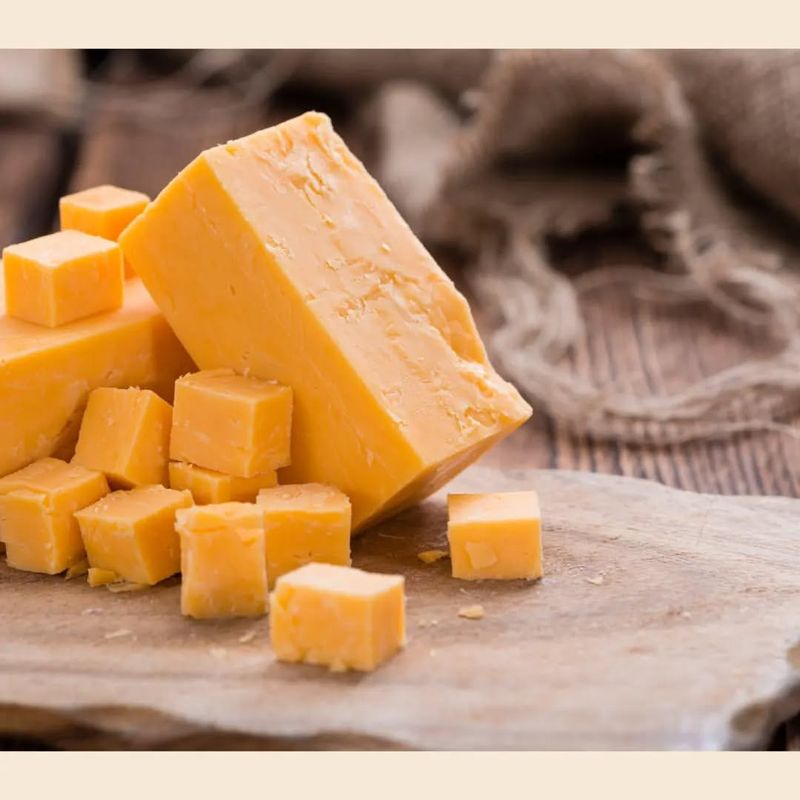
Cheddar, a household favorite, is known for its sharp flavor and versatility. However, it’s also notorious for high sodium content, which can impact blood pressure. Even a small amount can exceed daily sodium recommendations.
For those watching their sodium intake, cheddar might be a sneaky culprit. Opting for reduced-sodium versions can offer a similar flavor without the health drawbacks.
Additionally, Cheddar is calorie-dense, requiring mindful consumption. Pairing it with healthier options like fruits or vegetables can enhance its taste while promoting a balanced diet.
3. Blue Cheese
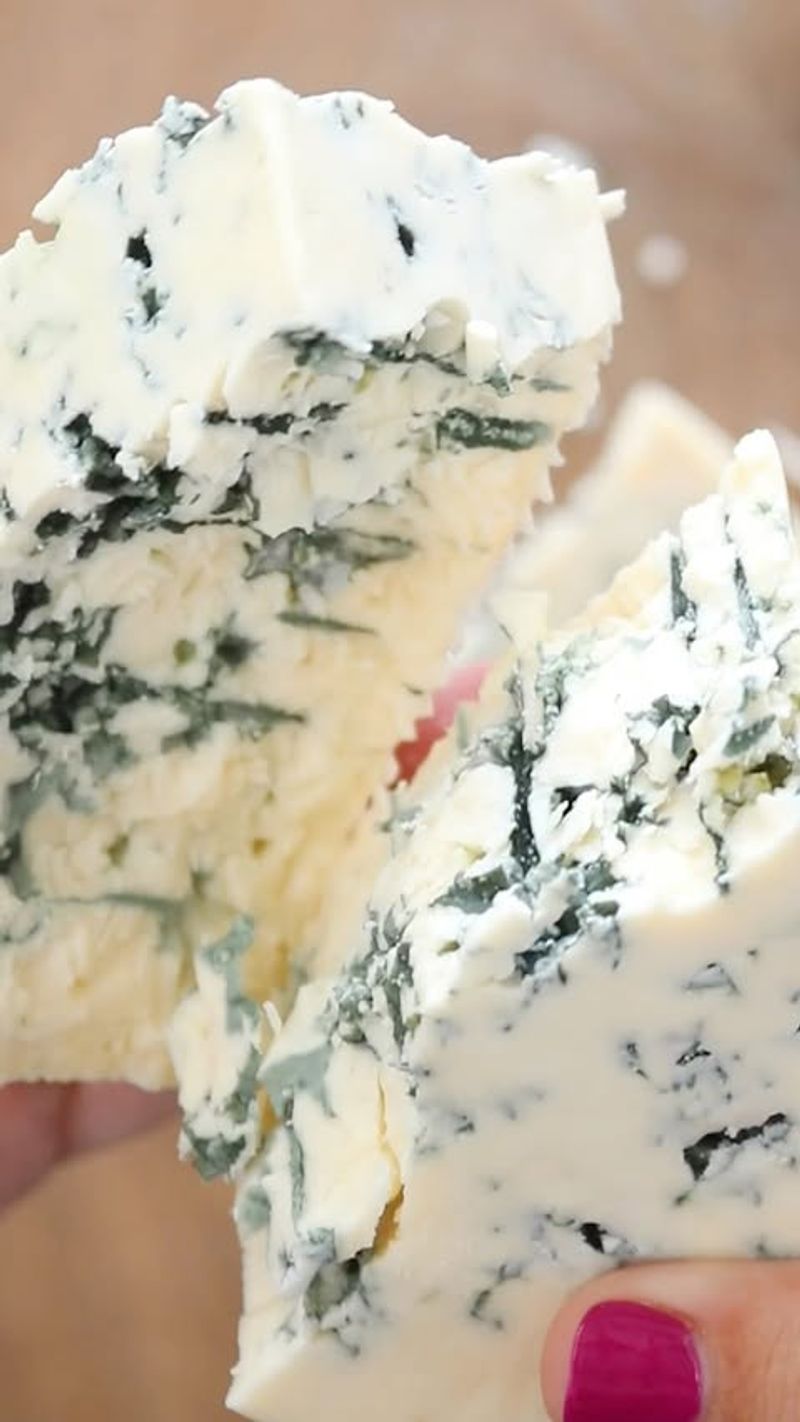
Blue cheese, with its bold flavor and distinct aroma, is a popular choice for salads and dressings. Yet, its high fat content is a concern for heart health. It contains significant amounts of saturated and trans fats that can affect cholesterol levels.
Moreover, blue cheese is calorie-rich, and overconsumption can easily tip the scales. When indulging, consider using a small amount to add flavor without excessive calories. Pairing it with nutrient-rich salads can offer a balanced meal, allowing for the enjoyment of its unique taste without overindulgence.
4. Parmesan
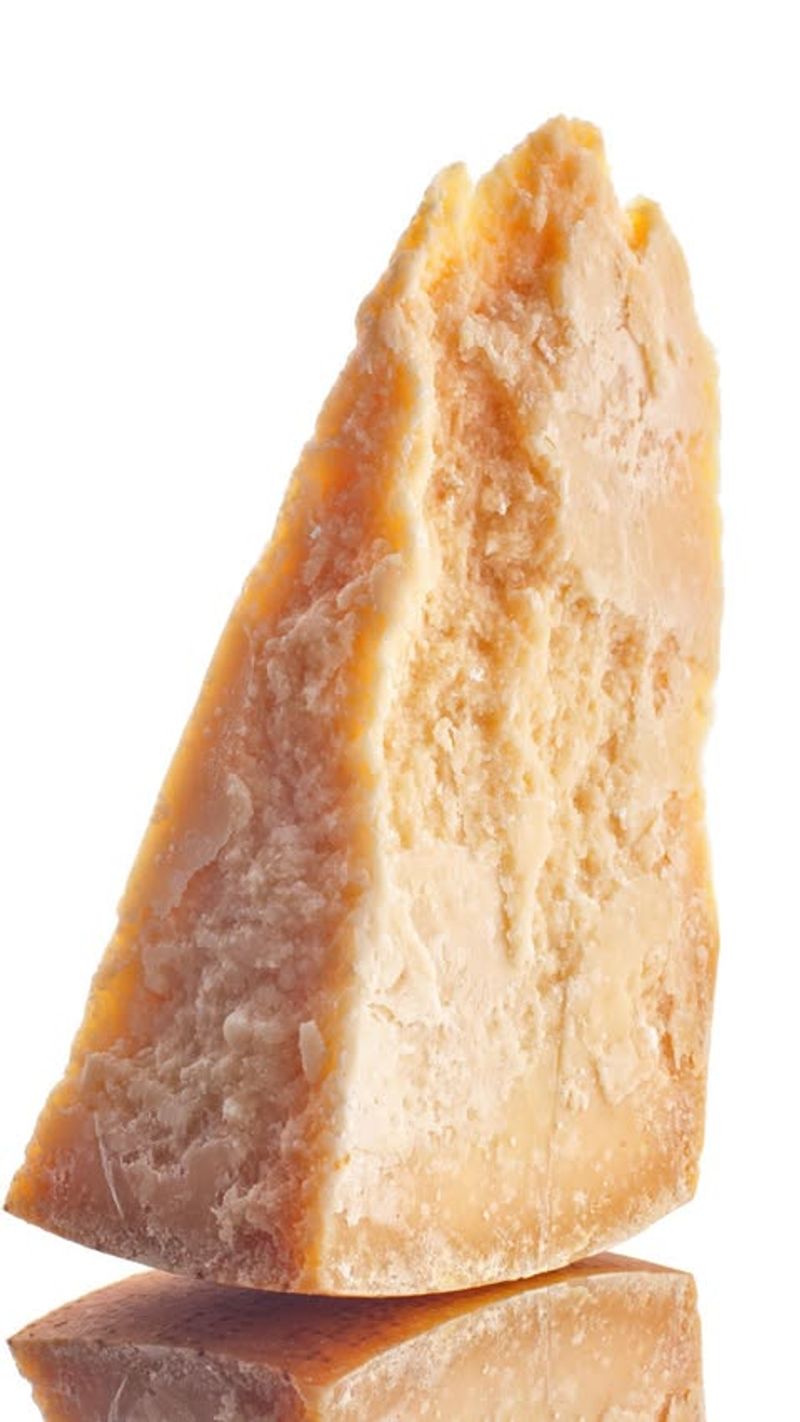
Beloved for its hard texture and umami flavor, Parmesan is a common addition to pastas and salads. Despite its taste, Parmesan is high in sodium. Just a sprinkle can introduce more salt to your diet than you might realize.
This cheese is also calorically dense, necessitating mindful use in dishes. Choosing freshly grated Parmesan can enhance flavor, allowing for smaller portions without compromising taste.
Balancing Parmesan with low-sodium foods can mitigate its saltiness, offering a delicious yet responsible addition to meals.
5. Camembert

Often compared to Brie, Camembert shares a similarly soft and creamy texture. While offering a delightful taste, it is also rich in saturated fats, posing risks to cardiovascular health. Those monitoring cholesterol might find Camembert an occasional treat rather than a staple.
Its indulgent nature means that portion control is critical. Pairing Camembert with whole-grain bread or fruits can balance its rich taste. Awareness of nutritional information can aid in making informed choices, allowing enjoyment without compromising health goals.
6. Goat Cheese
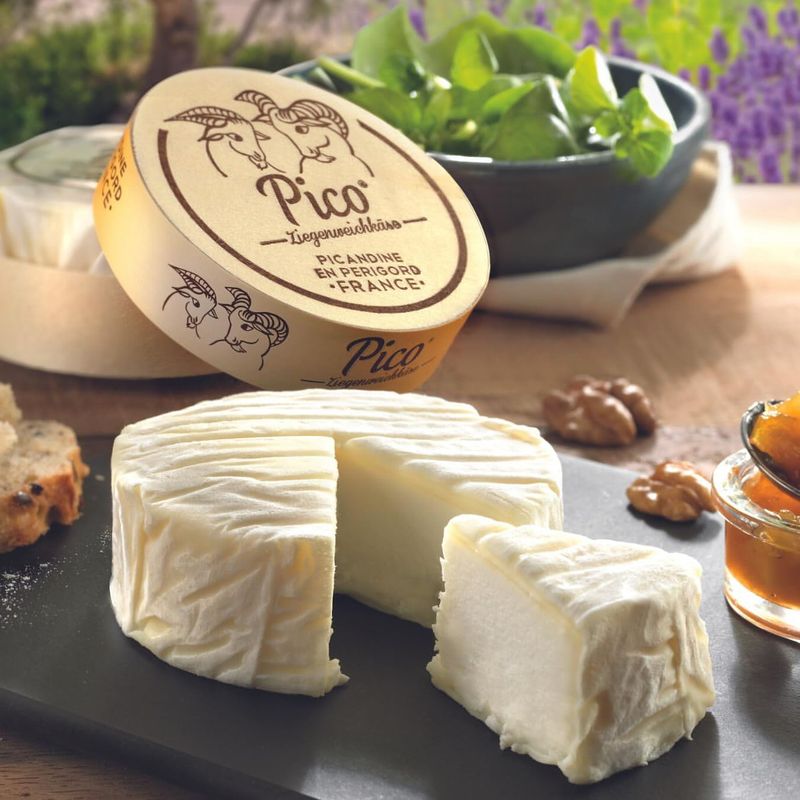
Goat cheese, known for its tangy flavor and creamy texture, is a versatile ingredient in many dishes. However, it’s not as innocent as it seems.
Goat cheese is high in calories and fat, which can hinder weight management. Despite its lower lactose content, which is beneficial for some, the caloric intake can add up quickly.
Moderation is key when incorporating goat cheese into meals. Consider using it as a flavor enhancer rather than the main component. Pairing with fresh, crunchy vegetables can provide a satisfying contrast while keeping health goals in check.
7. Feta
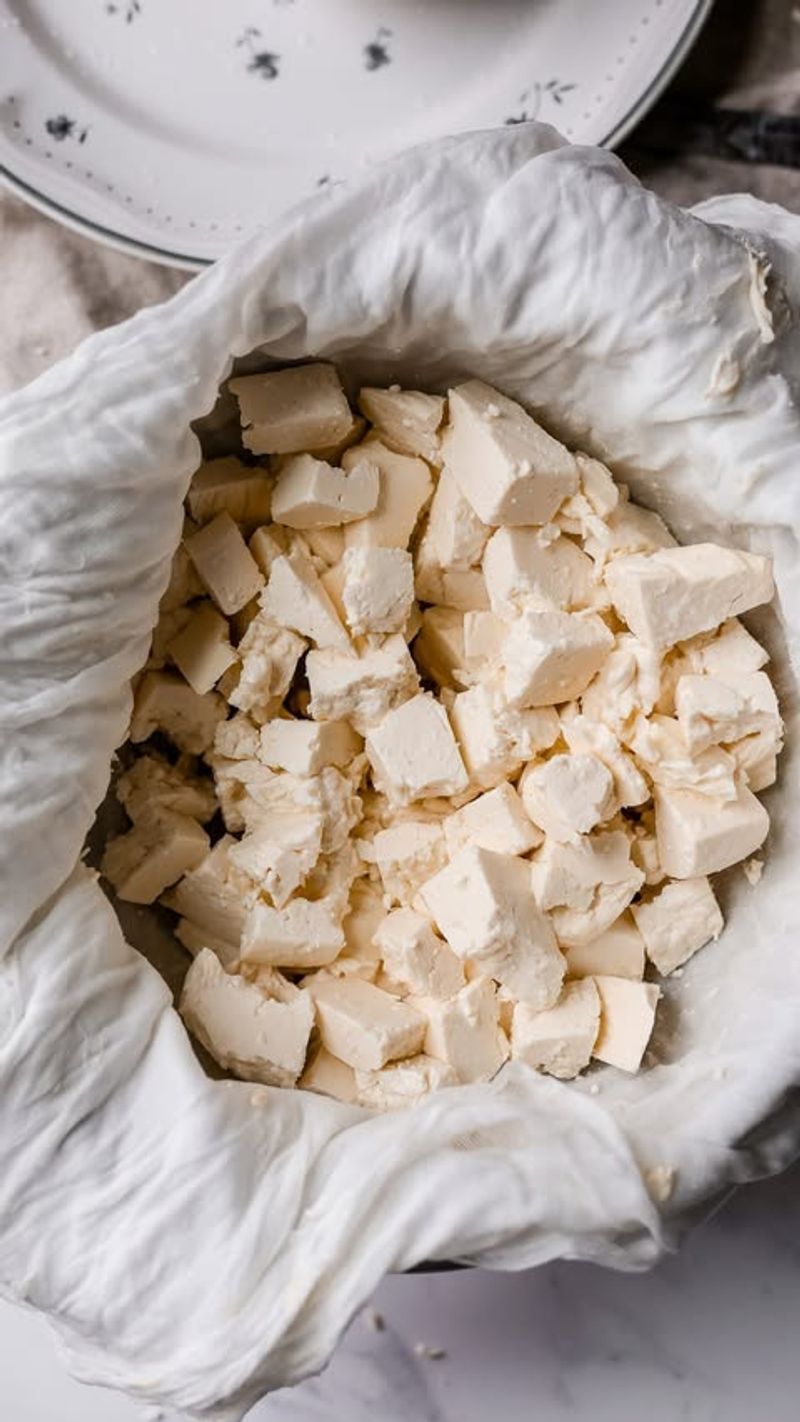
A staple in Mediterranean cuisine, Feta is loved for its tangy and salty flavor. However, it’s also high in sodium, which can contribute to hypertension.
For those managing blood pressure, Feta should be consumed cautiously. It’s essential to be mindful of serving sizes as the saltiness can be overwhelming.
Opting for low-sodium varieties can maintain the flavor while reducing health risks. Incorporating Feta sparingly in salads or as a garnish can offer the desired taste without compromising nutritional goals.
8. Swiss Cheese
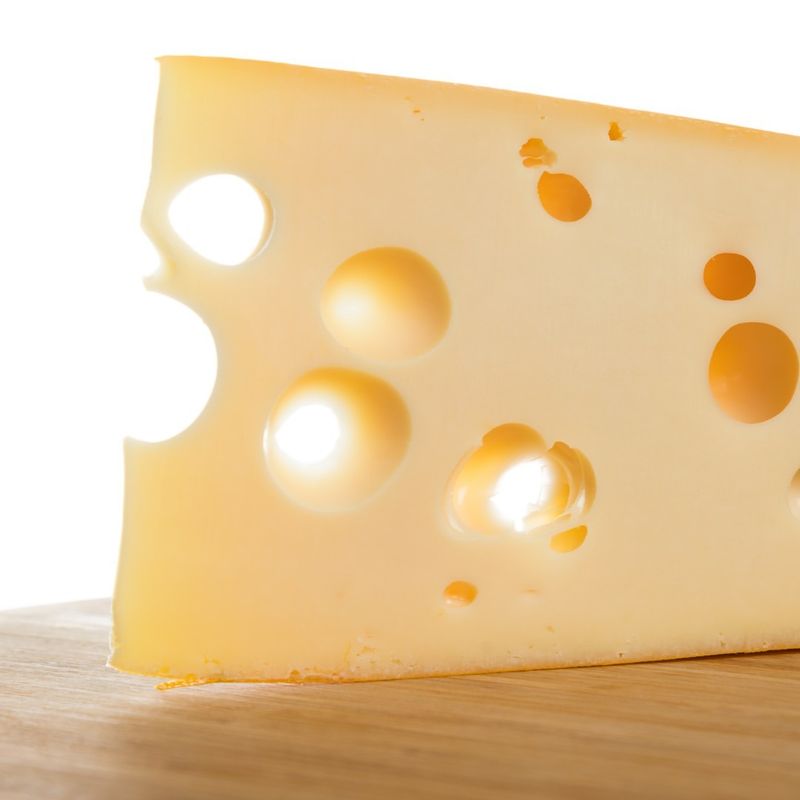
Swiss cheese, recognized by its iconic holes, brings a mild and nutty flavor to sandwiches and snacks. Despite its appealing taste, Swiss cheese is rich in calories and saturated fats. This can pose challenges for those striving for weight loss or heart health.
Swiss cheese can be enjoyed, but with an eye on portion sizes. Opting for thin slices can provide the flavor without excess. Pairing with whole grains or lean proteins can create a balanced meal, allowing enjoyment without dietary sabotage.
9. Roquefort
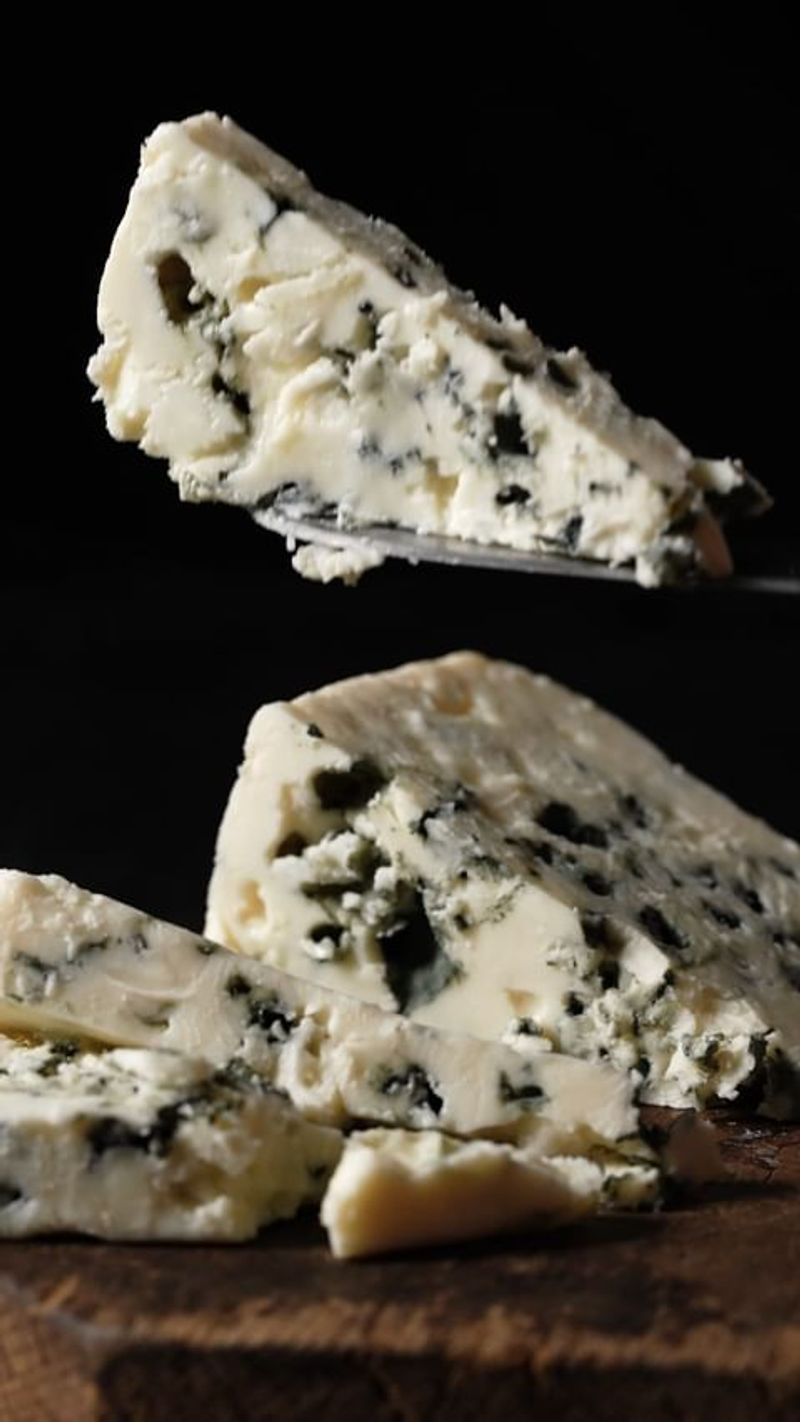
Famed for its pungent smell and strong flavor, Roquefort is a blue cheese variety that demands moderation. Its high fat and sodium content can be a setback for health-conscious individuals. Consuming it in small quantities is advisable to avoid nutritional pitfalls.
Despite its rich flavor, Roquefort can overpower dishes, so a little goes a long way. Including it in salads or as a topping can provide the desired taste without overindulgence. Being mindful of its nutritional impact enables enjoyment without compromising health ambitions.
10. Gorgonzola
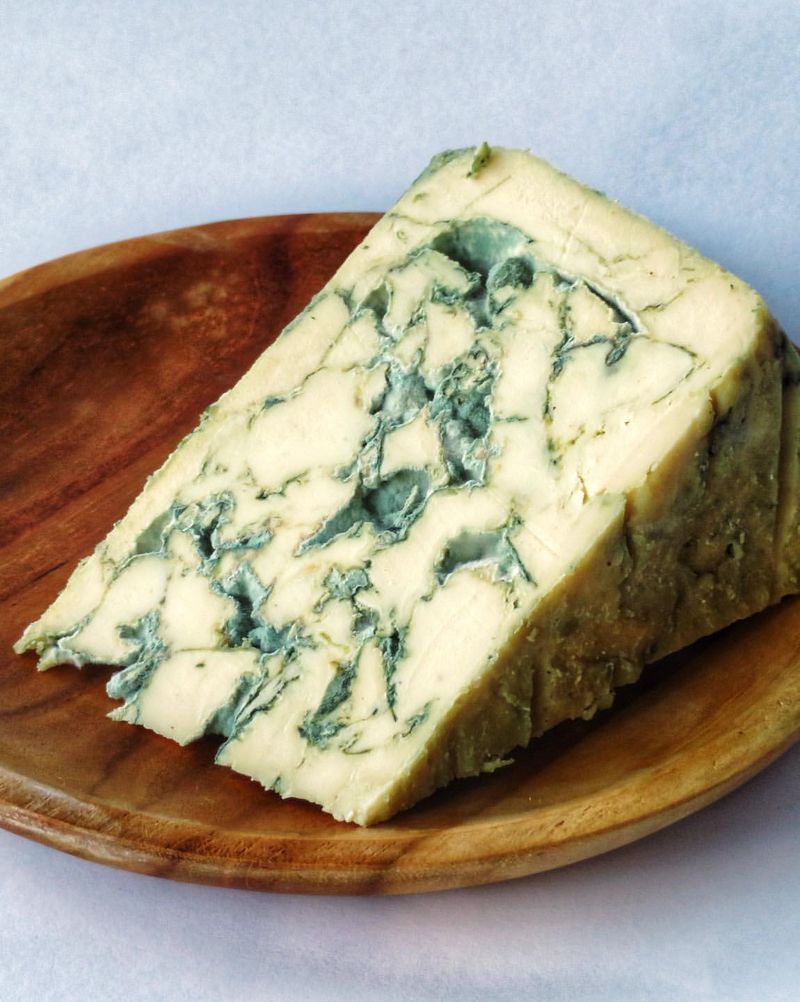
Gorgonzola, known for its creamy texture and unique taste, is a favorite in gourmet recipes. However, like other cheeses in its category, it’s high in fat and sodium. This makes it a potential hindrance to maintaining a healthy diet. A small serving can contribute significantly to daily fat intake.
Using Gorgonzola sparingly as a flavor enhancer in dishes can mitigate its impact. Pairing with fresh vegetables or whole grains can balance its richness, allowing enjoyment without compromising dietary goals.
11. Halloumi

Halloumi, the cheese loved for its unique squeak when chewed, hails from Cyprus. Known for grilling, it complements salads and sandwiches. However, its high sodium content is a concern.
Consuming Halloumi can lead to elevated blood pressure levels, potentially sabotaging heart health. Rich in protein, Halloumi satisfies hunger but should be eaten sparingly due to its fat content.
Explore healthier alternatives or enjoy in moderation to balance taste and wellness. Halloumi’s origins trace back centuries, and it remains a cultural staple in Mediterranean diets, celebrated for its versatility.
12. Processed Cheese
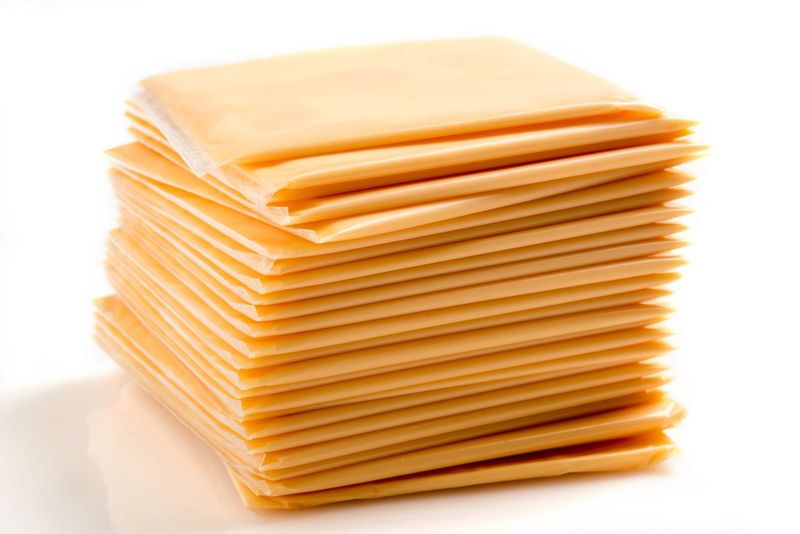
Processed cheese, or American cheese, often stands out for its eye-catching yellow hue and melting perfection. But what makes it so smooth and long-lasting?
It’s the blend of regular cheese with emulsifiers, oils, and other additives that extend its shelf life. This concoction results in a product that’s higher in sodium and lower in actual cheese content, which might not align with your health goals.
Despite its popularity in sandwiches and burgers, the nutritional profile may not make it a top choice for a balanced diet. Remember, moderation is key.
13. Cheese Spread
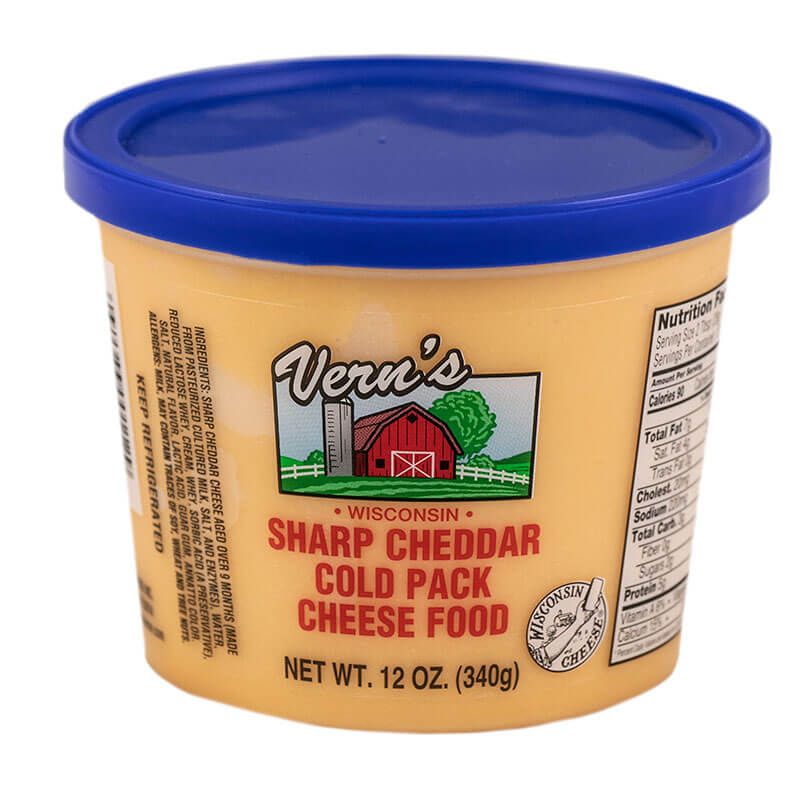
A quick and easy way to enjoy cheesy flavors without the hassle of slicing is grabbing cheese spreads. They’re smooth and ready to spread on virtually anything. However, the convenience of cheese spreads comes with a cost.
They often contain artificial flavors and preservatives, contributing to an imbalanced nutrient profile. If you’re keen on maintaining health goals, scrutinizing the ingredient list of your favorite cheese spread might be a wise move.
Leave a comment